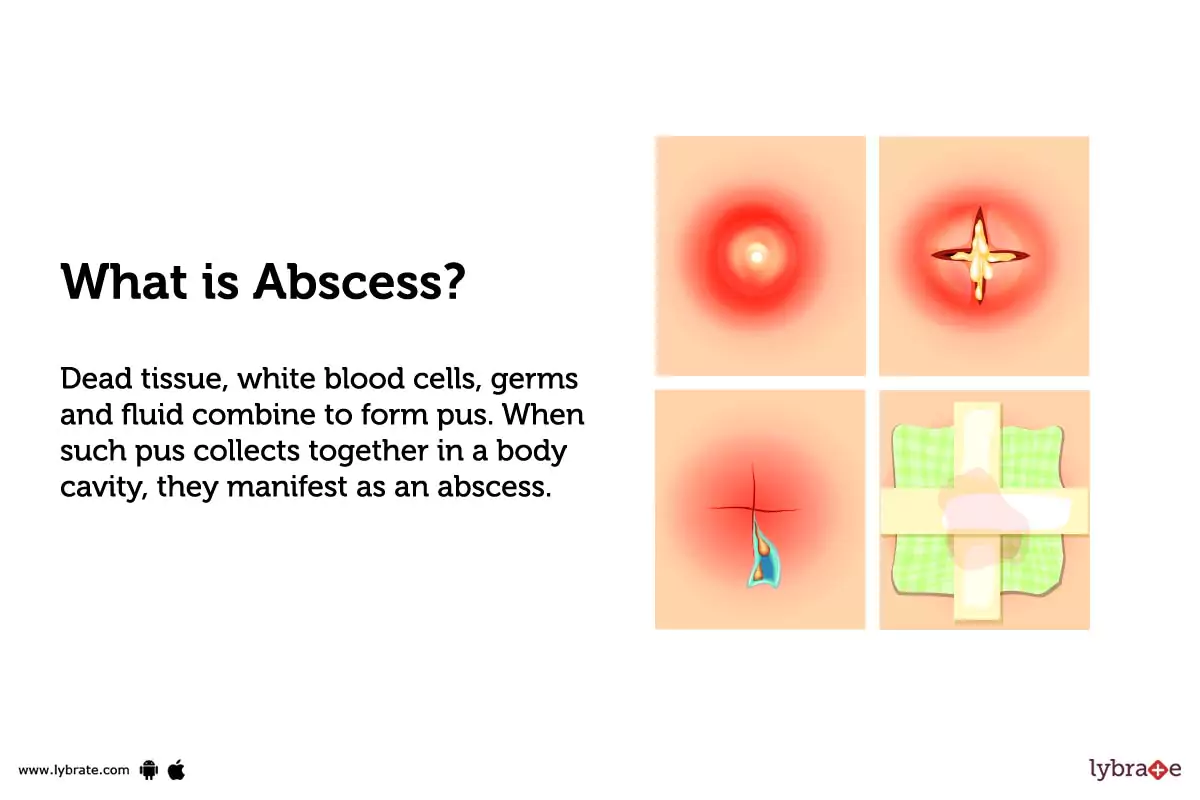Abscess: Causes, Symptoms, Treatment, and Prevention Explained
– A skin abscess is a tender mass surrounded by a colored area, usually caused by infections.
– Abscesses are filled with pus, bacteria, and debris.
– Abscesses are painful and warm to touch.
– Abscesses can occur anywhere on the body.
– Common sites for abscesses include armpits, areas around the anus and vagina, base of the spine, around a tooth, and in the groin.
– Inflammation around a hair follicle can also lead to the formation of an abscess, known as a boil.
– Antibiotics alone will not usually cure an abscess.
– Abscesses must open and drain in order to improve.
– Draining can occur naturally or with the help of a warm compress or a doctor using a procedure called incision and drainage (I&D).
– An abscess is a pocket of pus that can form anywhere in or on the body.
– Pus, which is made up of white blood cells, germs, fluid, and dead tissue, fills the pocket, creating an abscess.
– There are different types of abscesses, including skin abscesses and abscesses in the mouth.
– Skin abscesses commonly occur in the armpit and breast, often associated with conditions like hidradenitis suppurativa or untreated breast infections.
– Anorectal abscesses are located under the skin around the anus or rectum, and a pilonidal abscess occurs in the crease of the buttocks.
– Mouth abscesses can affect the teeth, gums, and throat. Tooth abscesses can be either gingival abscesses, which develop in the gums, or periapical abscesses, which form at the tip of the root of a tooth.
– Periodontal abscess affects the bones and tissues that support teeth and is usually caused by gum disease or periodontitis.
– Tonsillar abscess is a pocket of pus behind one of the tonsils and is most common in adolescents and young adults.
– Peritonsillar abscess, also known as quinsy, is a buildup of pus between the tonsils and the wall of the throat.
– Retropharyngeal abscess is an abscess in the back of the throat, developing when infected lymph nodes in the throat become infected.
– Internal abscesses are less common and can develop on the spinal cord, brain, and other organs. They are harder to diagnose and treat compared to external abscesses.
